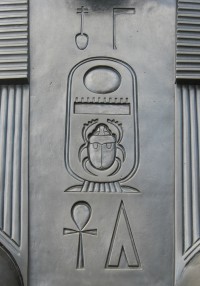Visitors of your site come with questions in mind.
They want their answers in their own language.
• You now know that your selection of words and phrases is very important in answering your readers questions. You have invested a lot of time in order to let your readers easily and quickly understand what you present. You progressively build their trust.
• You also know that search engines are judging the relevance of your site based on the way your organize your site (1 page = 1 topic) and your choice of words and expressions. These same principles hold true when you are catering to a different language.
To help you apply these principles we have prepared
a guide about writing a website for readers and search engines.
A translation is a nice occasion to review the helpful advice that this site offers.
A few recommendations to keep in mind when you translate your site.
1. Don't duplicate your site for translation before it is in a stable version. Once duplicated the two sites are independent and changes made to one site will not affect the other.
2. Custom Graphic themes can be saved and used with any site. A good trick to avoid confusion is to use a different graphic theme on the translation site that is "in progress". This way, even on the page where the original language is still present, everybody will know that this site is the one that is being translated.
3. Translation is a great opportunity to test your content. Ask your translator, what he or she understood in your site. For this you might want to review our advice on how to test your site. Work closely with your translator to verify that the language that you have written your site in is easily understandable for everyone, not just for those who already know about your activity.
4. Do NOT use Google Translate to actually produce content in a new language. Try translating this site into Japanese and back again. Would you really want to be providing that kind of translation to your readers in other languages? Instead, here are a few guidelines about hiring a translator.
5. You can however use Google Translate to check what your translators have written. This is a great way to make sure they are writing about the same topic and that they have not simply misunderstood what you were trying to say.
6. Each duplicated site is also a Pro site. You can read more about Pro sites.
The best part is, duplicated SimDif sites are free for the first year.
7. For flags to appear and your sites to be linked together you need to re-publish all of the sites. You only need to do this once when a new language is added.
8. Don't forget to write your metadata for each page of the translation (as well as the primary site). This is something that you will probably need to point out to the person who is translating your site. You can check our guide about writing keywords and metadata.
9. If you encounter a problem when you duplicate your site, feel free to contact us.




 tpholland
tpholland
